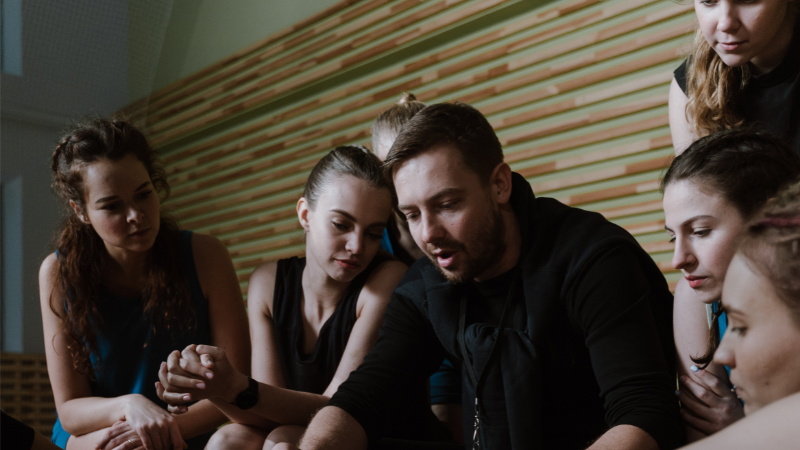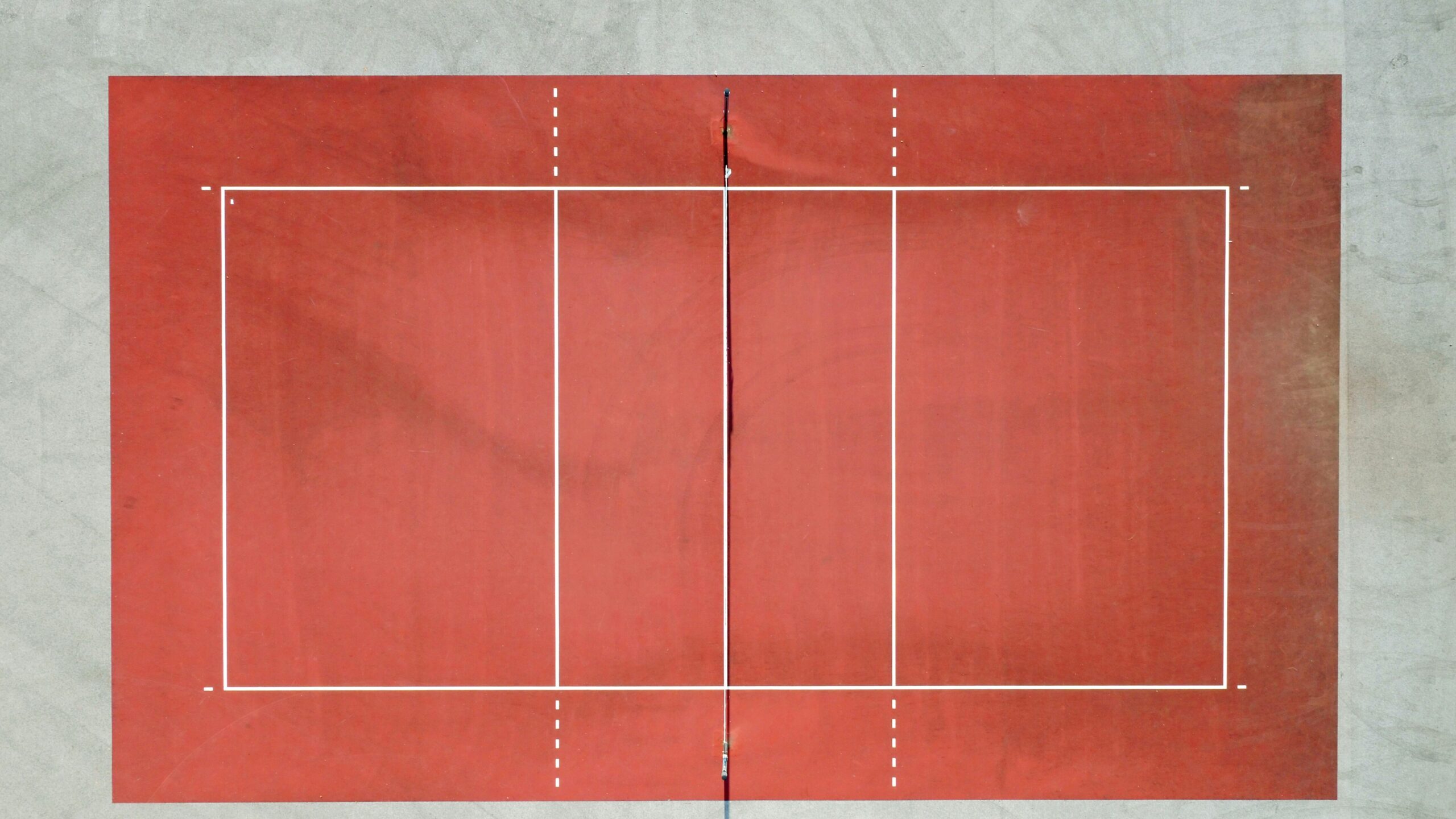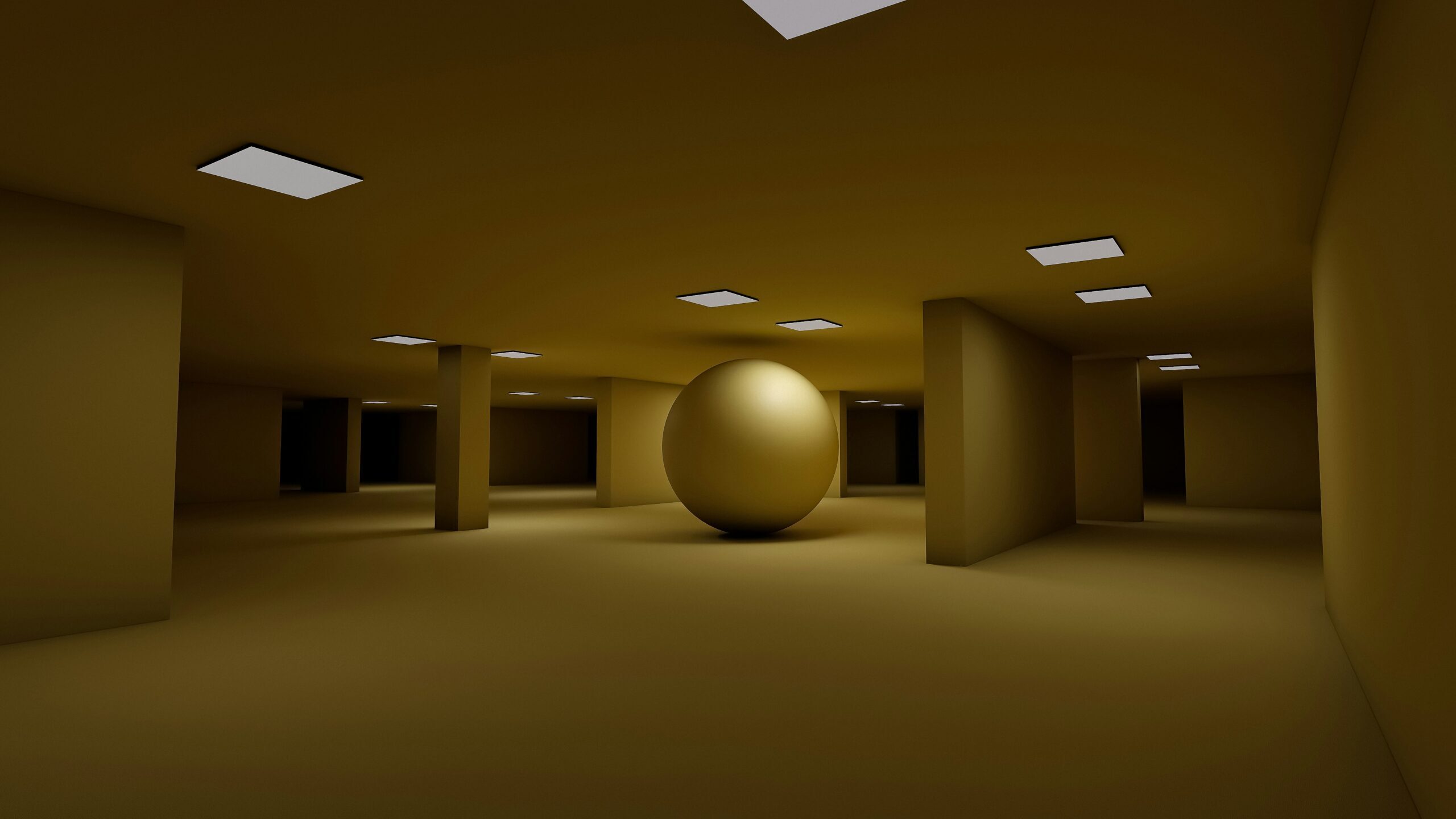What is the Constraint-Led Approach?
Q: Are there any specific training methods within the ecological approach?
A: There is a method called the Constraint-Led Approach. This method is based on the idea that human motor learning is a process of adapting to certain constraints. The method seeks to promote effective motor learning by identifying “constraints” that naturally lead to the skills and tactics the coach wants the player to acquire and incorporating them into the training environment.
Q: Can you tell me more about the Constraint-Led Approach?
A: One of the key concepts of the Constraint-Led Approach is that it is more effective to create an environment where the player can experiment and adapt rather than relying heavily on verbal instruction. Therefore, it is crucial to add optimal constraints to the training environment—ones that can effectively transfer to actual game situations.
Now, let’s go through a brief explanation of the overall process of implementing the Constraint-Led Approach so you can better visualize it:
- The coach provides a training environment with appropriate constraints.
- The player adapts to the provided training environment (i.e., motor learning occurs).
- The coach introduces a new training environment with different constraints.
- The player adapts to the newly provided environment (i.e., more motor learning occurs).
- Steps 3 and 4 are repeated.

Through this process, players continually adapt to a variety of training environments, leading to self-organization. As a result, they acquire new skills and tactics.
Q: What are the key points to consider when thinking about constraints in the Constraint-Led Approach?
A: There are two main points below:
- Avoid repeatedly using the same specific constraints: Continuously using the same specific constraints can lead to overfitting to that particular environment. For example, if you focus too much on 3-on-3 game-like training, the skills and tactics developed may only be effective in that specific context, making it harder to apply them in an actual 6-on-6 game.
- Avoid constraints that do not reflect real game situations: Training in an environment that does not reflect real game situations will not effectively transfer to actual gameplay. For instance, practicing receiving without a net or attacking without a block might not result in skills that are useful in real games.
Keeping these two points in mind, it is crucial for coaches to create optimal constraints that promote the player’s self-organization.

Other Nonlinear Motor Learning Theories
Q: Are there any nonlinear motor learning theories besides the ecological approach?
A: Yes, there is a theory called Differential Learning. While the ecological approach emphasizes sport-specificity and aims to manipulate constraints for motor learning, Differential Learning deliberately moves away from sport-specificity and introduces constraints that are not directly related to the sport.
For example, in volleyball training using the ecological approach, one might practice receiving with a lighter ball (like a size 4 ball) and then switch to a regular ball (size 5), making the latter feel easier. In contrast, an example of Differential Learning would be practicing receiving with a tennis ball and adding physical constraints like using only one hand.




